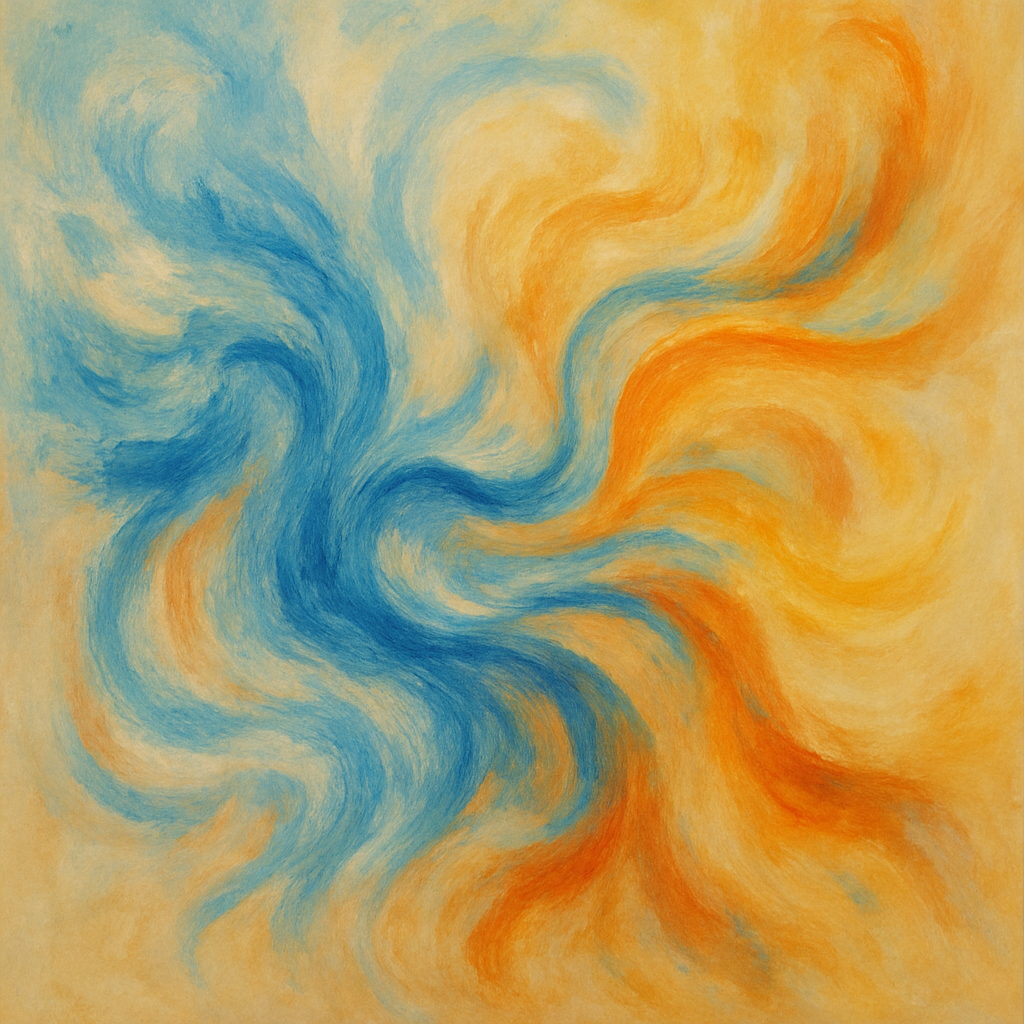the 5MCP club
I’ve been doing a little experiment: I joined the 5MCP Club.
What’s that, you ask? The Five-Minute Cold Plunge Club.
Every day—or at least most days—I challenge myself to hit five minutes in the plunge. I didn’t start there. I’ve been doing cold plunges for years, but lately I’ve pushed further. I’m lucky enough to have access to one at my gym, and I’m a little insane about my routine:
- wake up at 5:30 (no alarm)
- coffee or tea
- write my blog
- gym: 15 minutes StairMaster (100 floors), strength training (5x5 if time)
- sauna (if time)
- and then: the plunge.
There’s a part of me that just likes the story—the inner child that gets a kick out of telling people, “I’m the crazy guy who does five-minute plunges at 40°F.” But beyond bragging rights, the benefits are real.
heat, cold, and contrast
Hot therapy (sauna, steam) has well-documented benefits:
- Stress relief
- Detoxification through sweat
- Muscle recovery
- Immune system boost
- Cardiovascular health
Cold therapy (plunge, immersion) brings its own:
- Reduced inflammation
- Faster muscle recovery
- Boosted circulation
- Immune system support
- Mental resilience
And then there’s contrast therapy—cycling hot to cold. Research suggests it improves vascular function, speeds recovery, and may even reduce delayed onset muscle soreness. But honestly? The most powerful benefit is subjective: it just feels incredible.
My protocol: 10–15 minutes sauna at ~200°F/93°C, then 1–5 minutes plunge at ~40°F/4°C, shoulders under, full dunk at the end.
what I notice
Cold plunging 4–5 times a week feels like a superpower.
- Clarity: I show up sharper in meetings, words come faster, prioritization feels easier.
- Energy: I’m waking consistently at 5:30, going through full days, and still carrying energy into the night (even after playing a show).
- Joy: Strangely, I’m more lighthearted. Joking more, smiling more, appreciating colleagues more. The plunge seems to open a channel to joy.
The experience often reminds me of Vipassana meditation. During my first 10-day retreat, I remember walking into Harbin Hot Springs afterwards and seeing water as if for the first time—each ripple, each raindrop landing on the pool. In a plunge, around minute three, I sometimes feel that same heightened perception. The water isn’t just “cold tub.” I see the bubbles, the ripples, the micro-movements. My senses widen.
And then, the same lesson returns:
This too shall pass.
pain, patience, and perception
In Vipassana, you sit through hours of pain. Knees screaming, back aching, mind panicking. The body insists: “This will damage you! Get up!” But if you stay, you discover something surprising: the pain is sensation. It changes. It passes.
The plunge is the same. At first, your body screams: “Get out!” Fingers and toes ache. The cold feels unbearable. But if you sit with it—observe, breathe—it shifts. The pain becomes tolerable. Sometimes it even fades. Panic intensifies it; patience dissolves it.
negotiating with yourself
That said, I’m not militant. Some days I don’t have five minutes in me. Instead of bulldozing my inner child, I negotiate.
“Let’s just do one minute. Two minutes. Bare minimum, then we’re out.”
And if I make that deal, I honor it. That builds trust between the parts of myself. Break that trust, and rebellion comes later—burnout, avoidance, sabotage.
This mental model comes partly from the Hoffman Process and its “quadrinity”: the body, the intellectual self, the emotional self, and the spiritual self. It also echoes ideas from Janina Fisher’s Healing the Fragmented Selves of Trauma Survivors. The goal is harmony—inner dialogue instead of inner war.
I’ve also heard the simple guideline of aiming for about 11 minutes per week of cold exposure. Good enough for me. I’m seeing the subjective benefits, so I keep going. (Also, I know a couple of guys at the gym who do five minutes daily. I’m competitive. It helps.)
the paradox
At some point, you start to love the cold because you know what waits on the other side.
And this is where cold plunging feels spiritual: the odd physics of difficulty. Pain, discomfort, resistance—they’re not obstacles. They’re doors.
You hate them while you’re in them. You’d never choose them for fun. But after enough plunges—or meditations—you learn:
“Oh, this storm passes. There’s clarity on the other side.”
The plunge becomes a microcosm of life. You don’t avoid the test. You don’t bulldoze through it either. You endure it, breathe through it, and let it change you.
And what awaits is always worth it: clarity, joy, and strength.
Not for the cold. For the crossing. Often what awaits us on the other side is worth all the pain.
